Refine search
Actions for selected content:
48202 results in Computer Science
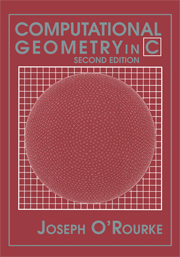
Computational Geometry in C
-
- Published online:
- 05 June 2012
- Print publication:
- 13 October 1998
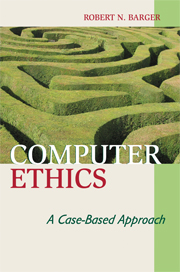
Computer Ethics
- A Case-based Approach
-
- Published online:
- 05 June 2012
- Print publication:
- 09 June 2008
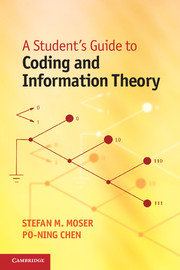
A Student's Guide to Coding and Information Theory
-
- Published online:
- 05 June 2012
- Print publication:
- 26 January 2012
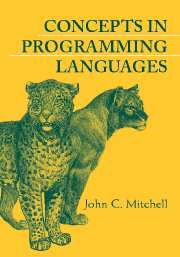
Concepts in Programming Languages
-
- Published online:
- 05 June 2012
- Print publication:
- 14 October 2002

Cognitive Dynamic Systems
- Perception-action Cycle, Radar and Radio
-
- Published online:
- 05 June 2012
- Print publication:
- 22 March 2012
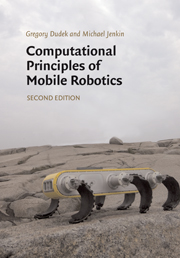
Computational Principles of Mobile Robotics
-
- Published online:
- 05 June 2012
- Print publication:
- 26 July 2010
-
- Book
- Export citation

Fundamentals of OOP and Data Structures in Java
-
- Published online:
- 05 June 2012
- Print publication:
- 05 June 2000
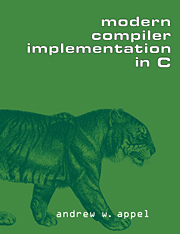
Modern Compiler Implementation in C
-
- Published online:
- 05 June 2012
- Print publication:
- 13 December 1997
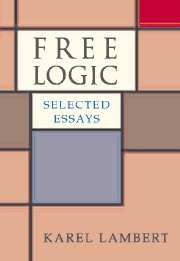
Free Logic
- Selected Essays
-
- Published online:
- 05 June 2012
- Print publication:
- 31 October 2002
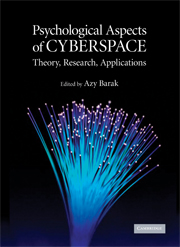
Psychological Aspects of Cyberspace
- Theory, Research, Applications
-
- Published online:
- 05 June 2012
- Print publication:
- 28 April 2008
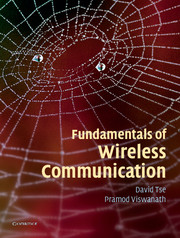
Fundamentals of Wireless Communication
-
- Published online:
- 05 June 2012
- Print publication:
- 26 May 2005
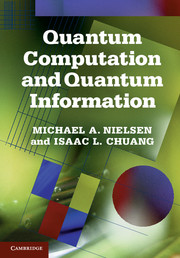
Quantum Computation and Quantum Information
- 10th Anniversary Edition
-
- Published online:
- 05 June 2012
- Print publication:
- 09 December 2010
-
- Textbook
- Export citation
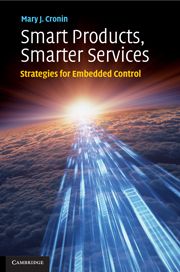
Smart Products, Smarter Services
- Strategies for Embedded Control
-
- Published online:
- 05 June 2012
- Print publication:
- 19 August 2010
FOUNDATIONS OF UNLIMITED CATEGORY THEORY: WHAT REMAINS TO BE DONE
-
- Journal:
- The Review of Symbolic Logic / Volume 6 / Issue 1 / March 2013
- Published online by Cambridge University Press:
- 01 June 2012, pp. 6-15
- Print publication:
- March 2013
-
- Article
- Export citation
On the decidability of semigroup freeness∗
-
- Journal:
- RAIRO - Theoretical Informatics and Applications / Volume 46 / Issue 3 / July 2012
- Published online by Cambridge University Press:
- 29 May 2012, pp. 355-399
- Print publication:
- July 2012
-
- Article
- Export citation
Contracts made manifest*
- Part of
-
- Journal:
- Journal of Functional Programming / Volume 22 / Issue 3 / May 2012
- Published online by Cambridge University Press:
- 29 May 2012, pp. 225-274
-
- Article
-
- You have access
- Export citation
Region-based memory management for Mercury programs
-
- Journal:
- Theory and Practice of Logic Programming / Volume 13 / Issue 6 / November 2013
- Published online by Cambridge University Press:
- 29 May 2012, pp. 959-1024
-
- Article
- Export citation
NLE volume 18 issue 3 Cover and Back matter
-
- Journal:
- Natural Language Engineering / Volume 18 / Issue 3 / July 2012
- Published online by Cambridge University Press:
- 25 May 2012, pp. b1-b8
-
- Article
-
- You have access
- Export citation
In Memoriam: David L. Waltz
-
- Journal:
- Natural Language Engineering / Volume 18 / Issue 3 / July 2012
- Published online by Cambridge University Press:
- 25 May 2012, p. 291
-
- Article
-
- You have access
- HTML
- Export citation
NLE volume 18 issue 3 Cover and Front matter
-
- Journal:
- Natural Language Engineering / Volume 18 / Issue 3 / July 2012
- Published online by Cambridge University Press:
- 25 May 2012, pp. f1-f2
-
- Article
-
- You have access
- Export citation
